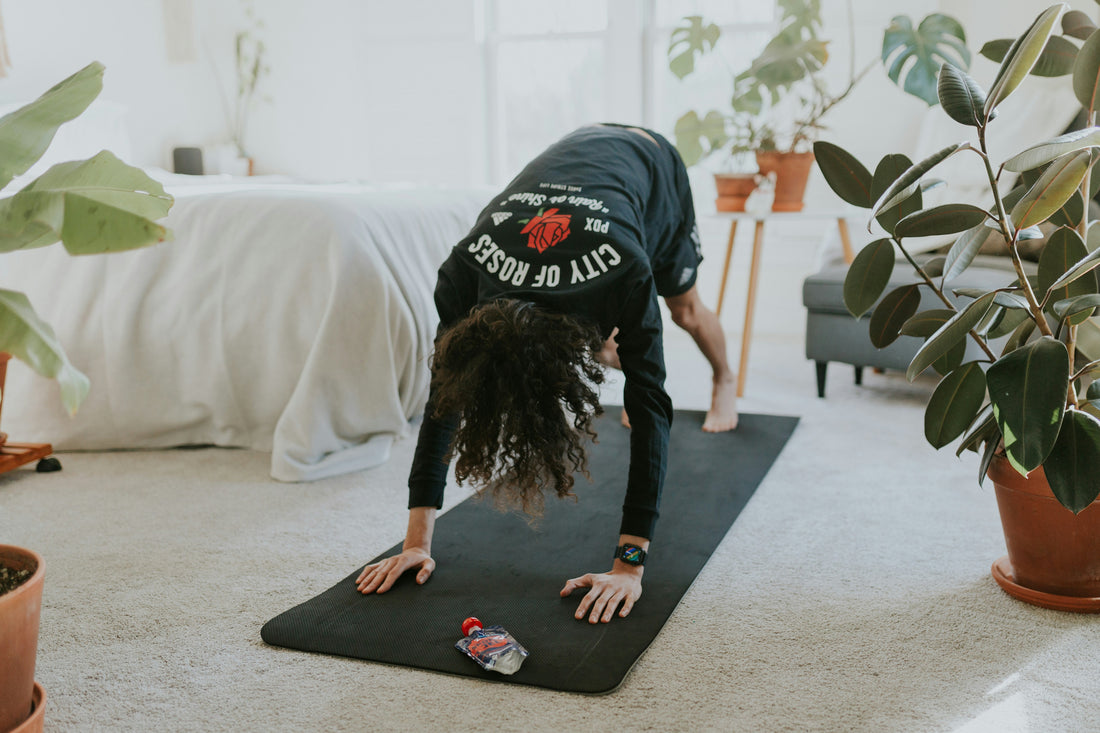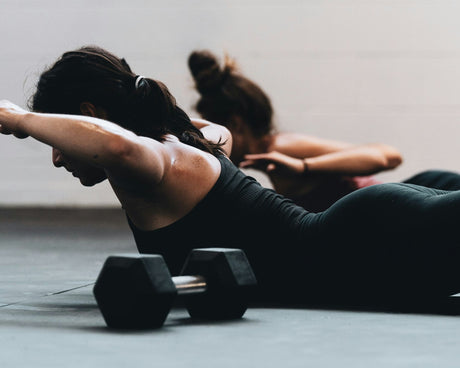How To Design a Home Gym You'll Never Want To Leave

Are you tired of trekking to the gym, waiting in line for machines, and dodging strangers' sweat? Or maybe you're just looking for a convenient way to fit fitness into your busy lifestyle? Well, look no further! Building a home gym could be the solution you've been searching for.
But where do you start? Don't worry, we've got you covered. We'll walk you through the process of designing your very own home gym, from essential equipment to layout tips and everything in between.
Assess Your Space
Before you start buying equipment, take a good look at the space you have available.
Whether it's a spare bedroom, garage, or even a corner of your living room, make sure it's a space you'll want to spend time in.
Consider factors like lighting, ventilation, and flooring. You'll want a space that's well-lit, well-ventilated, and has a floor that can withstand the weight of your equipment.
Choose Your Equipment
Now comes the fun part – choosing the equipment that will help you reach your fitness goals. While the specific equipment you'll need will depend on your goals and preferences, there are a few staples that every home gym should have:
- Strength Training Equipment: This includes items like dumbbells, barbells, kettlebells, and resistance bands. Investing in a quality set of dumbbells will pay out as it will be the most versatile piece of equipment in your space.
- Cardio Equipment: Options range from treadmills and exercise bikes to rowers and ellipticals. Choose equipment that you enjoy using and that aligns with your fitness goals. It's also important to consider your space. If you have plenty of space, treadmills and ellipticals are an option but if you are tight on space, consider a rower or a spin bike instead.
- Functional Training Equipment: Think stability balls, medicine balls, and TRX suspension trainers. These versatile tools can add variety to your workouts and help improve your balance and coordination.
- Storage Solutions: Don't forget about storage! Shelves, racks, and bins can help keep your equipment organized and out of the way when not in use.
Consider the Layout
Once you've selected your equipment, it's time to think about how you'll arrange it in your space. When it comes to layout try to keep these tips in mind:
- Accessibility: Place your most frequently used equipment in easy-to-reach areas. Also remember to keep heavier items on lower shelving to avoid potential injury.
- Traffic Flow: Make sure there's enough space between equipment to move around comfortably. No one want to be bumping into their treadmill while trying to do lunges.
- Functionality: Arrange your equipment in a way that allows for seamless transitions between exercises. Try to create zones much like you see in a commercial gym. Strength in one area, cardio in another, and functional training in another.
- Ambiance: Consider adding mirrors, plants, and motivational posters to create a space that inspires you to work out. While it may seem unnecessary, there's nothing worse than a workout space that feels unmotivating.
Budget Wisely
Building a home gym can be a significant investment, but it doesn't have to break the bank.
Start with the essentials and add to your collection over time as your budget allows. Don't forget to factor in the cost of flooring, lighting, and any other things you might need to get started.
Get Creative
Don't feel limited by traditional gym equipment.
Get creative and think outside the box. Use household items like chairs and towels for exercises like tricep dips and slider lunges.
You can also incorporate bodyweight exercises like push-ups, squats, and burpees into your routine for a challenging workout without any equipment.
Stay Consistent
Finally, remember that consistency is key. A home gym won't do you any good if it collects dust in the corner. Make a commitment to yourself to use your home gym regularly, and don't be afraid to mix things up to keep your workouts interesting.
If you struggle coming up with workouts on your own, it might be worth it to invest in a piece of smart home gym equipment like the Echelon Reflect to keep you motivated and guide you through workouts.
Summary
Building a home gym is a great way to prioritize your health and fitness without ever having to leave the comfort of your own home.
By following these tips and investing in the right equipment, you can create a space that inspires you to reach your goals and become the best version of yourself.
So what are you waiting for? Get started on your home gym journey today!

